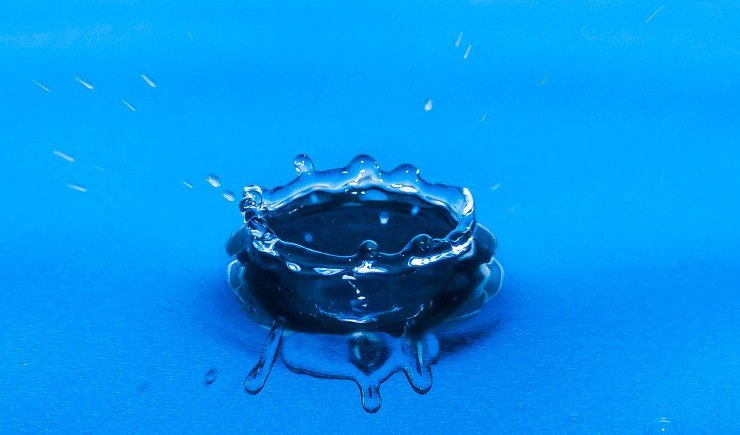Many reef tank and aquarium enthusiasts are well aware of how useful an overflow box can be. The main benefit of using it is that it ensures your display tank maintains the proper water levels at all times.
The overflow tank pumps in fresh water steadily to replenish evaporated water, as it can sense when your display tank water level gets too low. It also pumps your aquariums water through a filter so that impurities are removed.
My pick is the CPR CS90, continue reading for more options.

(source)
Types of Overflow boxes
Buying a Hang-On Overflow Box
Top rated aquarium overflow box
1. Eshopps Overflow Box
In particular, we’re talking about the PF-800 overflow box, which Eshopps recommends for 75 to 125-gallon aquariums.
This box measures 8 by 3 by 10 inches, which means you only need 3 inches of space between the wall and the tank (better make that 3.5 inches to be sure).
This includes the pre-filter box, U-tube siphon, cylinder foams, and the necessary nylon screw and wing nuts.

Pros
- It pretty much works as it ought to, according to many customers.
- The installation is easy for most aquarium veterans.
- It is quieter than other models, although of course it’s not absolutely quiet.
Cons
- If you’re not an aquarium veteran, installing this is not as easy as it looks. There’s often no setup instruction manual included.
- Also, you may not know what kind of tweaks to perform to get it to work properly.
- Quite a number of people are skeptical that this actually has an 800 gph flow rate.
- It’s not easy to prime, and you may have overflow problems if there’s a power outage.
2. Aqueon Hang-On Overflow Box
This is also for a 125-gallon tank, although they also have a 400-gallon version.
It can be hard to do some research on this, because Aqueon doesn’t even offer a description of its features on its own website, apart from the fact that it measures 8.3" x 6.3" x 11.5".
In any case, its design does lead to an easy setup. What’s more, it uses a dual drain design. So it can still handle quite a bit of water even if one if the drains get clogged.
Pros
- It supposed to have a 2200 gph capacity, so it should handle return pump flow rates well.
- The setup is relatively easy, which should be true of any HOB option.
- It’s quite consistent in maintaining siphon.
Cons
- There have always been a sizable number of people who doubt Aqueon build quality. So you should check first for leaks over the sink before you hook it up. A handful of people has complained that their overflow box falls apart at the seams only after a couple of years.
3. KollerCraft TOM RP3 Overflow Box
This measures 8 by 7.5 by 6.5 inches (LHW) and can mount to tank frames of up to 1.75 inches thick. It’s also rated for 800
Its gravity system primes automatically and it also comes with an anti-siphon feature to prevent flooding.
Pros
- It comes (or it should come) with the proper clamps and hoses. The installation and setup is easy.
- When everything goes right, it seems perfect.
Cons
- Quite a few people complain that they don’t get the hoses or the clamps that go with the purchase.
- Some people complain that it’s overrated in its flow rate capacity.
4. CPR CS90 Overflow Box
This model is rated for 125-gallon tanks but it has a 600
It offers an easy way to adjust the water level, and a black top to discourage algae growth.

Pros
- It’s very easy to clean and use.
- It deals with power outage effectively.
- It’s not that noisy.
Cons
- Just make sure that your return pump has a lower flow rate than 600 gph.
- You have to use it with the Aqua Lifter pump to maximize its efficiency.
Final recommendations
Each unit here does well—except when they don’t for some people.
So our pick is all about consistency, and you can get that with the CPR CS90 (as long as you also get the Aqua Lifter pump to be sure). This model garners the most consistent rave reviews, and you rarely—if ever—hear any complaints about failures or missing pieces.
Send in your questions, submit your recommendations, and give your opinions! What do you think is the best for your overflow box?



